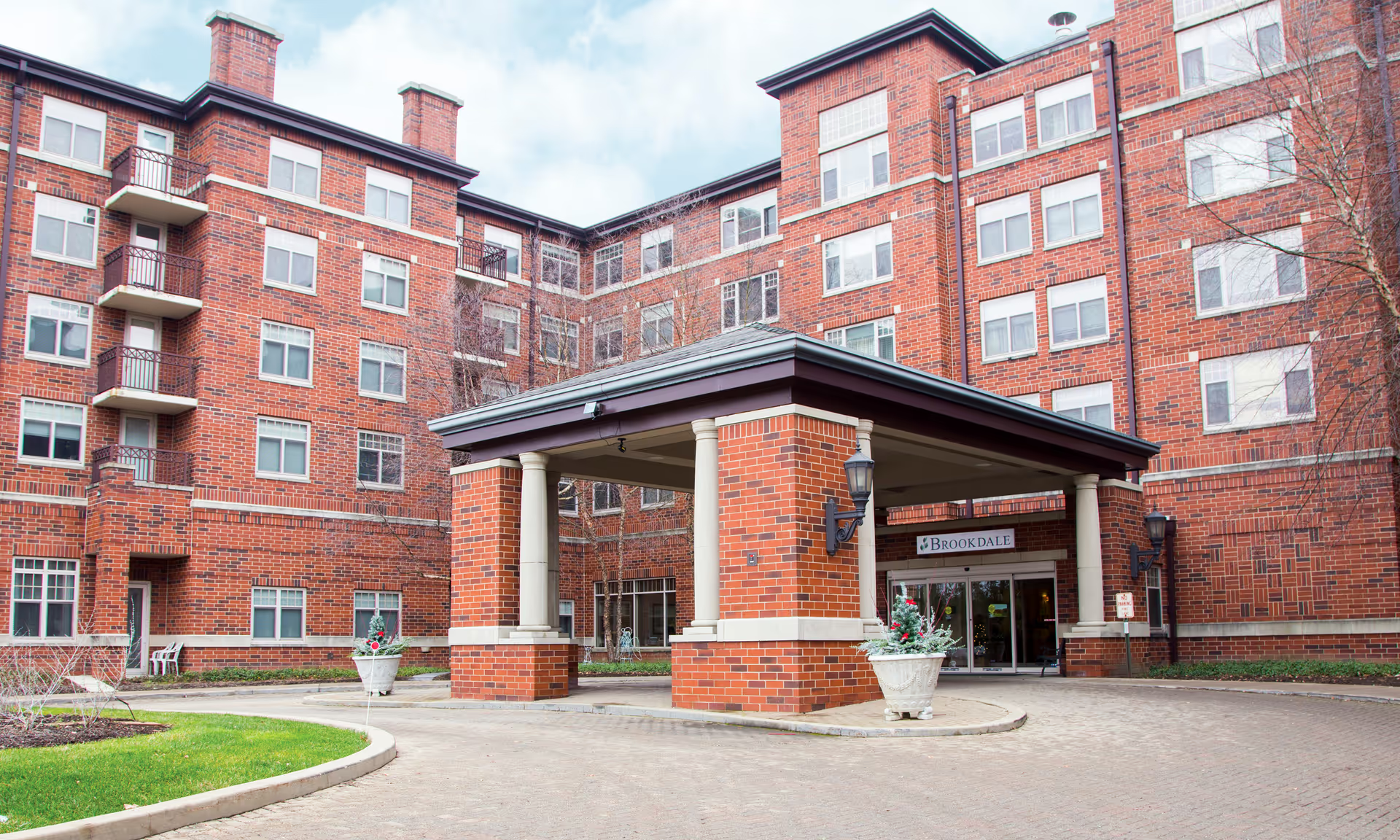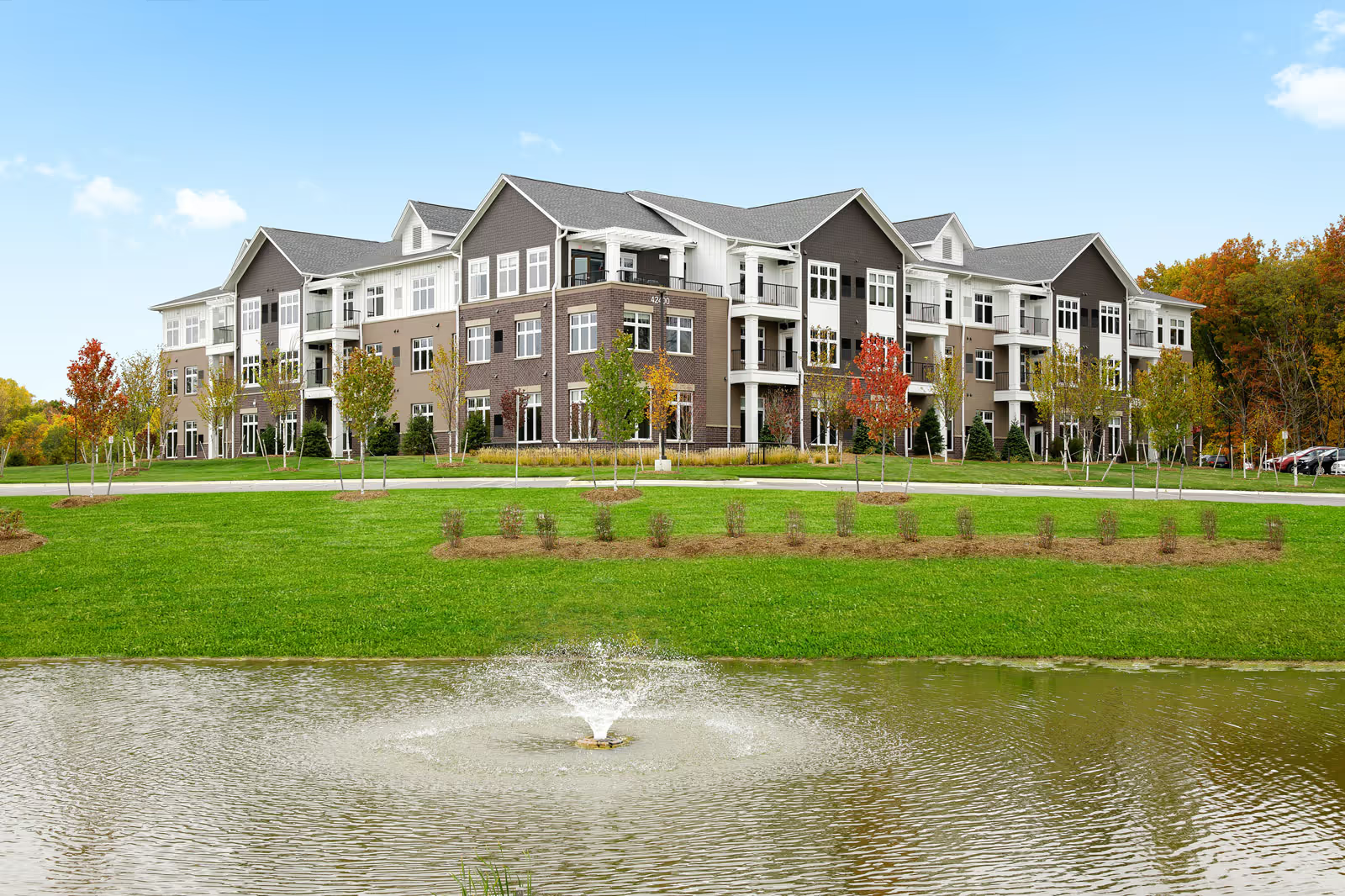Overall sentiment across the review summaries is predominantly positive, with strong and recurring praise for the staff, the small household model, and the community atmosphere. Many reviewers emphasize that caregivers are compassionate, attentive and form a ‘‘second-family’’ relationship with residents. Several families specifically note proactive medical attention — for example, prompt UTI checks and treatments — and describe meaningful physical and emotional improvements in their loved ones after placement. The Courtyards’ smaller houses (typically 15–20 residents) and non-institutional, home-like setting (garden, house dog, home-style dining) are repeatedly cited as major strengths that contribute to residents’ comfort and happiness.
Staff quality and activities are among the most commonly lauded areas. Reviewers frequently single out an excellent activities director and a good variety of offerings such as musician visits, lake trips and regular programming that have ‘‘dramatically improved.’’ Staff are described as stepping in during difficult times, providing emotional support, and offering strong move-in guidance and placement assistance. Many families say the community is clean, well-kept and safe, and that the facility provides good value for its price point. Multiple comments also reflect satisfaction with the administrative support during touring and move-in, and several reviews explicitly recommend the Courtyards.
However, important and recurring concerns appear around clinical staffing, administrative communication, and dining quality. Several reviewers report insufficient nursing coverage or no nurse available when needed; there are specific complaints about unanswered phone calls and incidents where families believe they were billed for nursing care that was not provided, without adequate documentation. These issues suggest gaps in clinical staffing, record-keeping, and billing transparency. Administrative follow-up is uneven: while many families praise front-line staff, others call out the director or head nurse for poor follow-up, and some note broader communication weaknesses that can affect families’ trust.
Dining receives mixed feedback: multiple reviews praise the home-style dining and say the food is ‘‘good’’ or ‘‘great,’’ while an equal number ask for improvements — healthier, fresher options, more fruits and vegetables, better quality meats, and improved seasoning. A few reviewers contrasted dining quality between different houses or locations, indicating variability. Activities also show some variance: while some houses benefit from a robust roster of programs, a few households reportedly have limited offerings (e.g., mostly bingo), pointing again to inconsistency across the community.
There are isolated but serious negative reports that merit attention. At least one family reported items stolen from a resident’s room; another detailed a discharge after a behavior incident and a refusal of readmission with no refund. A few reviewers describe staff training concerns, such as patronizing language or poor behavior management, which can significantly affect resident dignity and family confidence if not addressed. Physical layout observations are mixed as well: many appreciate outdoor spaces and good room sizes, but some mention dark, spread-out, or hospital-like rooms.
In summary, The Courtyards Senior Living receives many strong endorsements for its compassionate staff, small household model, cleanliness, safety, and value. The activities program and many individual staff members — including the activities director and several nursing/administrative leaders — are repeatedly praised. The primary areas for improvement are consistent clinical staffing and coverage, clearer and more transparent billing and documentation practices, stronger administrative communication and follow-up, and some targeted improvements to dining quality and staff training on behavior management and respectful communication. Addressing these operational and consistency issues would help align the generally high emotional and social quality of care with the clinical and administrative reliability that families also expect.







